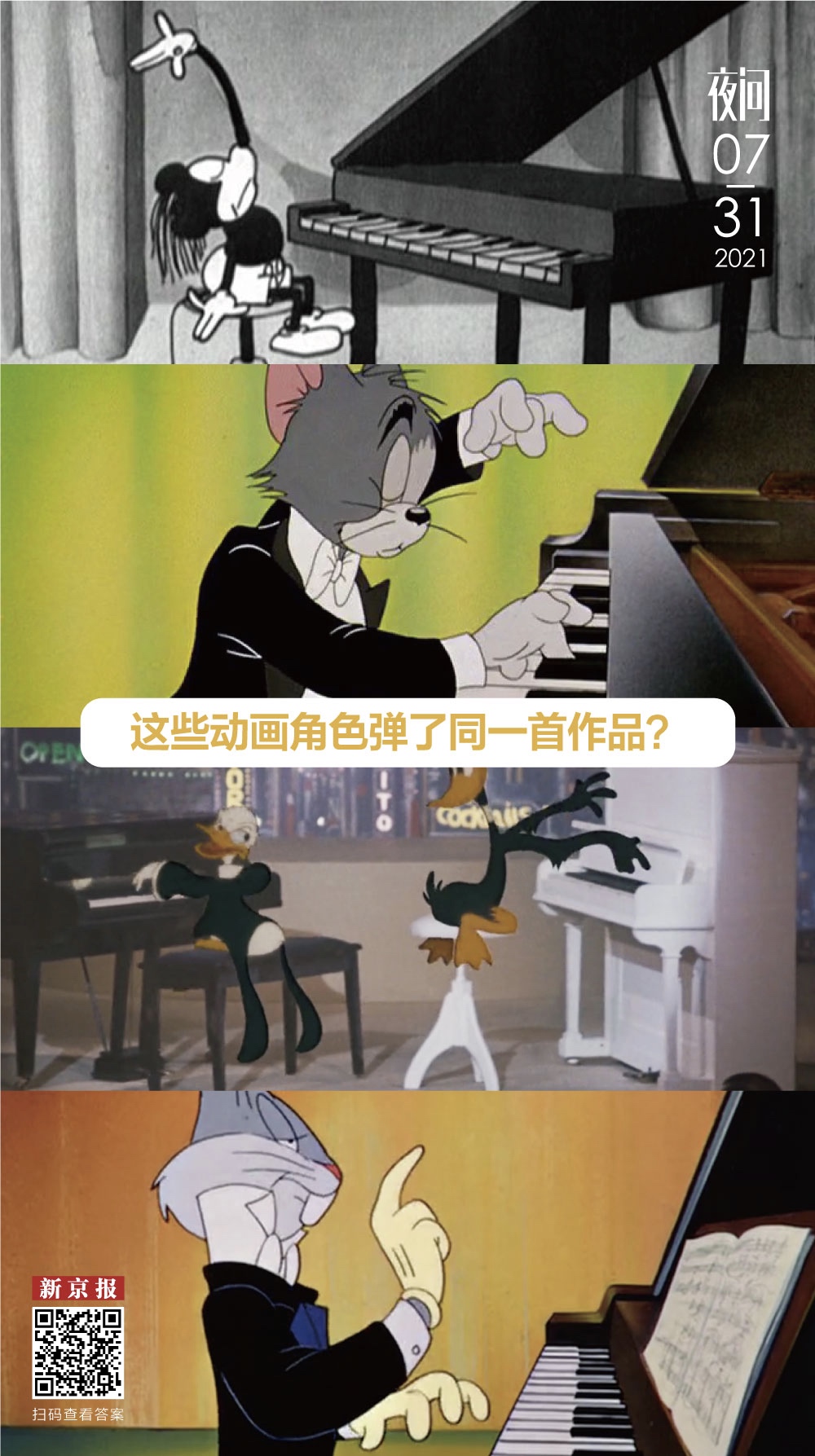
Answer: Yes, it's all Liszt's Hungarian Rhapsody No. 2. From top to bottom, they are the anime "Opry's House", "Cat's Concerto", "Who Framed Roger the Rabbit" and "Rabbit Rhapsody".
On July 31, 1886, the famous Hungarian composer, pianist, conductor, and great romantic master Franz Liszt died. Because Liszt developed the piano technique to an unparalleled degree, greatly enriching the expressiveness of the piano, it gained the reputation of "the king of the piano".
When it comes to Liszt, it's hard to get around the genre of "rhapsody.". From 1868 onwards, he composed a total of 19 Hungarian Rhapsodies and one Spanish Rhapsody, beginning a Fantasia-style rhapsody based on folk themes. Freedom and improvisation are characteristic of Rhapsody, which makes Hungarian Rhapsody a big use in animation, especially In Works No. 2.
Mickey Mouse played the song on the piano in the 1929 short film The House of Opry, the first time Hungarian Rhapsody 2 was heard in an animated film. In this animation, we seem to see the prototype of the work "Cat's Concerto" that later won Tom and Jerry the Oscar for Best Short Film. It is worth mentioning that there was also a work that used "Hungarian Rhapsody No. 2" that year, which collided with "Cat's Concerto".
In the anime Rhapsody of the Rabbit, Bugs Bunny plays Hungarian Rhapsody No. 2 on stage, but is constantly interrupted by various events, while on the other side of the Cat's Concerto, Tom Cat plays the song in its entirety, and thanks to the meticulous drawing, every fingering when playing the piano is consistent with the real performance. The two works sparked a lot of debate about who copied whom, but eventually became a historical mystery.
Disney paid tribute to his creation in "The House of Opry" in later works, such as in the movie "Who Framed Roger the Rabbit", Donald Duck and Duffy Duck played "Hungarian Rhapsody No. 2", and the exaggerated action was the same as the original.
Edited by Wu Longzhen
Proofreading Liu Baoqing